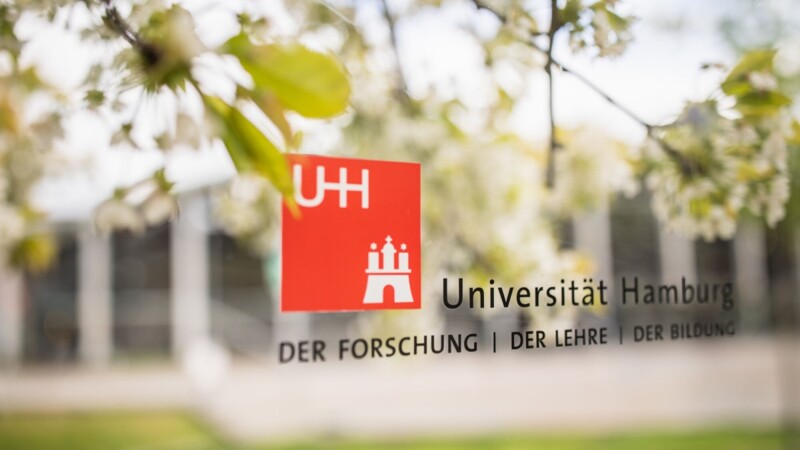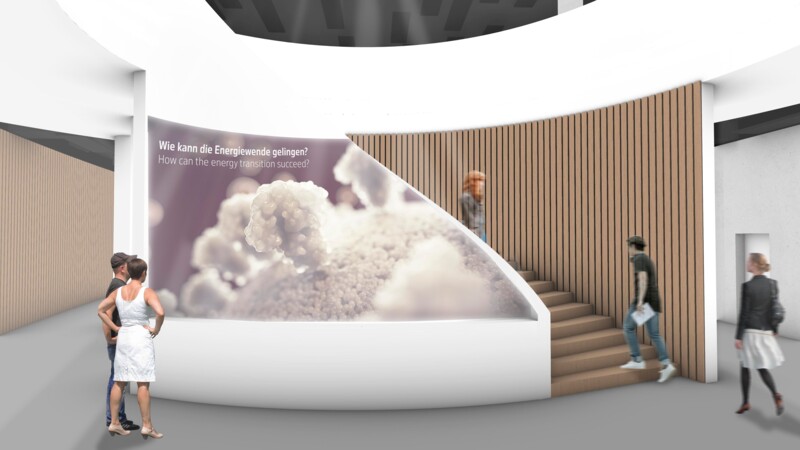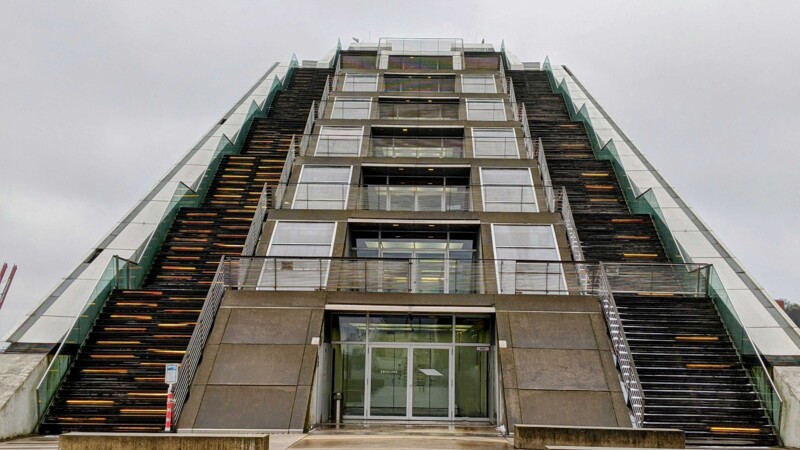"People like me, who research the history of Mesopotamia, have always been always frustrated by the fact that there are so many cuneiform tablets that have existed for over thousands of years, but we still can’t read them’, said Prof.Cécile Michel. ENCI creates many individual layers to present an image of the cuneiform tablet and its envelope and can decipher a large number of previously inaccessible sources. "Normally, a tomography device with the required radiation intensity weighs several tons’, said Prof. Dr. Christian Schroer, who headed the development of ENCI. "The most important thing for us was that the device could be moved, because few museums want to send their collection elsewhere." ENCI weighs slightly over 400 kilogrammes.
Researchers in the Cluster of Excellence Understanding Written Artefacts and the Deutsches Elektronen-Synchrotron (DESY) have developed the world’s first mobile computer tomography device to read 4,000 year old cuneiform texts from Mesopotamia. The Extracting Non-Destructively Cuneiform Inscriptions (ENCI) technology is set to open up a wealth of previously inaccessible sources beginning in the Louvre museum in Paris on Thursday (February 1–9, 2024.)
Mobile X-ray opens up access to antiquity
Use in Louvre
A dozen of the Louvre's 12,000 tablets, and one of the world's most valuable collections, will be examined initially. Most of these come from southern Iraq. The computer shows the empty space between the tablet and the envelope on every individual image. When the images are put together, the surface of the cuneiform tables inside the envelope, including the writing on them is revealed. Cuneiform tablets from ancient Mesopotamia are the oldest written artifacts in the world. To protect the written information, in 3,000 BCE people began enclosing them in clay envelopes. Some were never opened, e.g., if they never arrived at their destination with the result that many museums now have sealed cuneiform tablets in their archives.
fw/sb/pb
Sources and further information
More
Similar articles

University of Hamburg gets EUR 1.45 million for cultural research

Clusters of Excellence at Hamburg University draw interim balance

DESY's visitor centre taking shape
